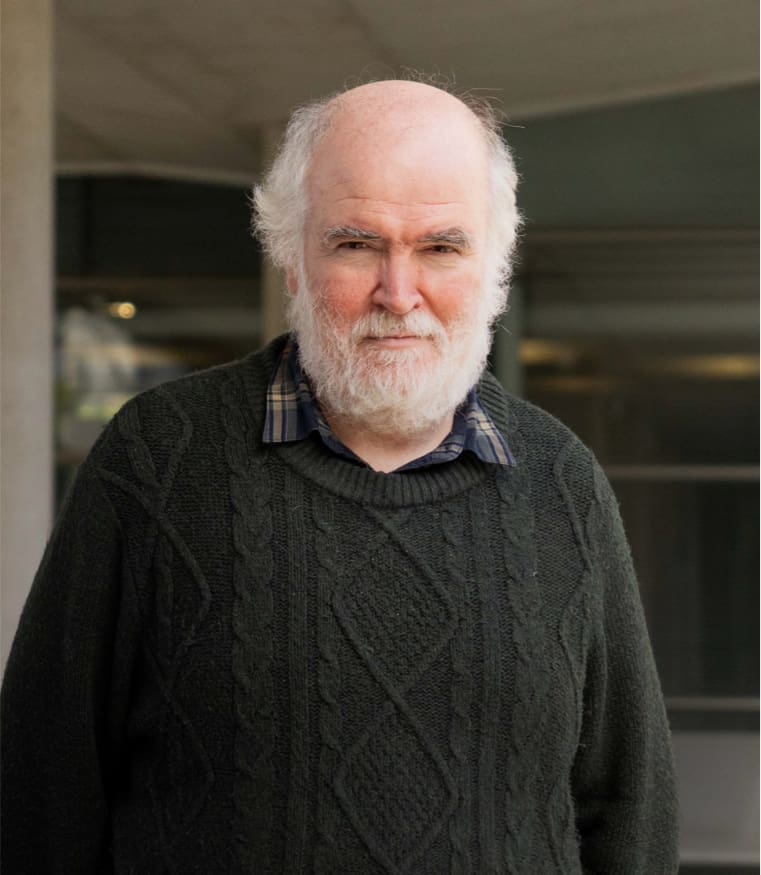Microkinetic modeling in homogeneous catalysis
Computational homogeneous catalysis has focused traditionally on the calculation of free energy barriers, which are ultimately related to rate constants. Experiments do not focus on rate constants, but on reaction rates, which depend also on concentrations. The increasing efficiency of DFT and other electronic structure techniques has led to the development of models that provide quite accurate rate constants, to the extent that improved agreement with experiment requires the introduction of the role of concentration. Microkinetic modeling, consisting in the construction of explicit kinetic reaction networks merging the rate constants provided by calculation and concentration data supplied by experiment, is a simple and elegant way to introduce concentration effects in the computational description of homogeneous catalysis. It has a long history of application in computational heterogeneous catalysis and experimental biochemistry, but its use in computational homogeneous catalysis is still in an early stage. There are a number of situations in homogeneous catalysis where microkinetics have been shown to be critical, such as systems with complex reaction networks and systems where one key species has a concentration orders of magnitude different from the others. Microkinetic modeling, with its low computational cost, is likely to become a standard tool in computational homogeneous catalysis. It is certainly not necessary for all theoretical studies, but the researcher should always be aware of its existence.

M. Besora, F. Maseras
Wiley Interdiscip Rev Comput Mol Sci. 2018, 8 (6), e1372
DOI:
10.1002/wcms.1372

Let's create a brighter future
Join our team to work with renowned researchers, tackle groundbreaking
projects and contribute to meaningful scientific advancements



















